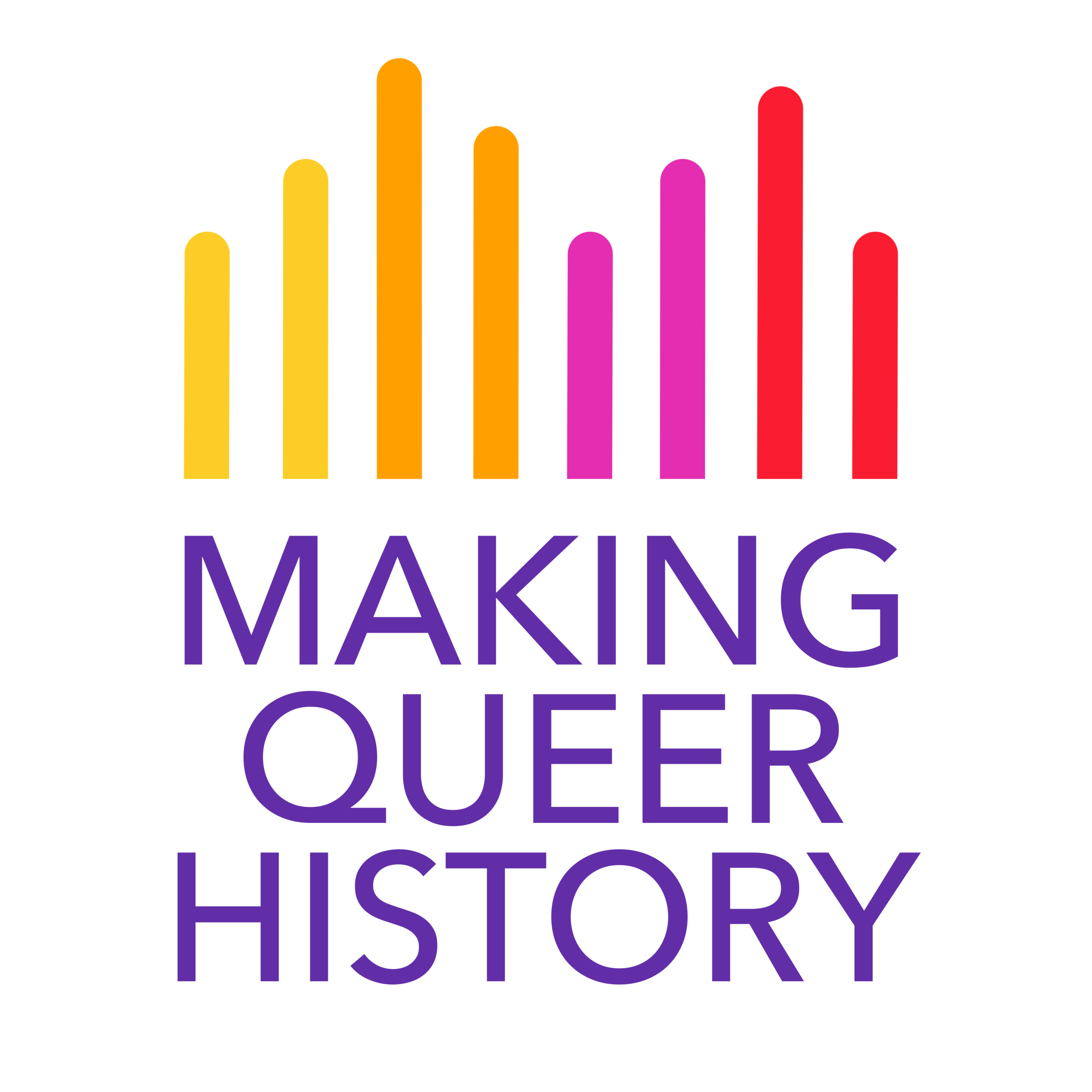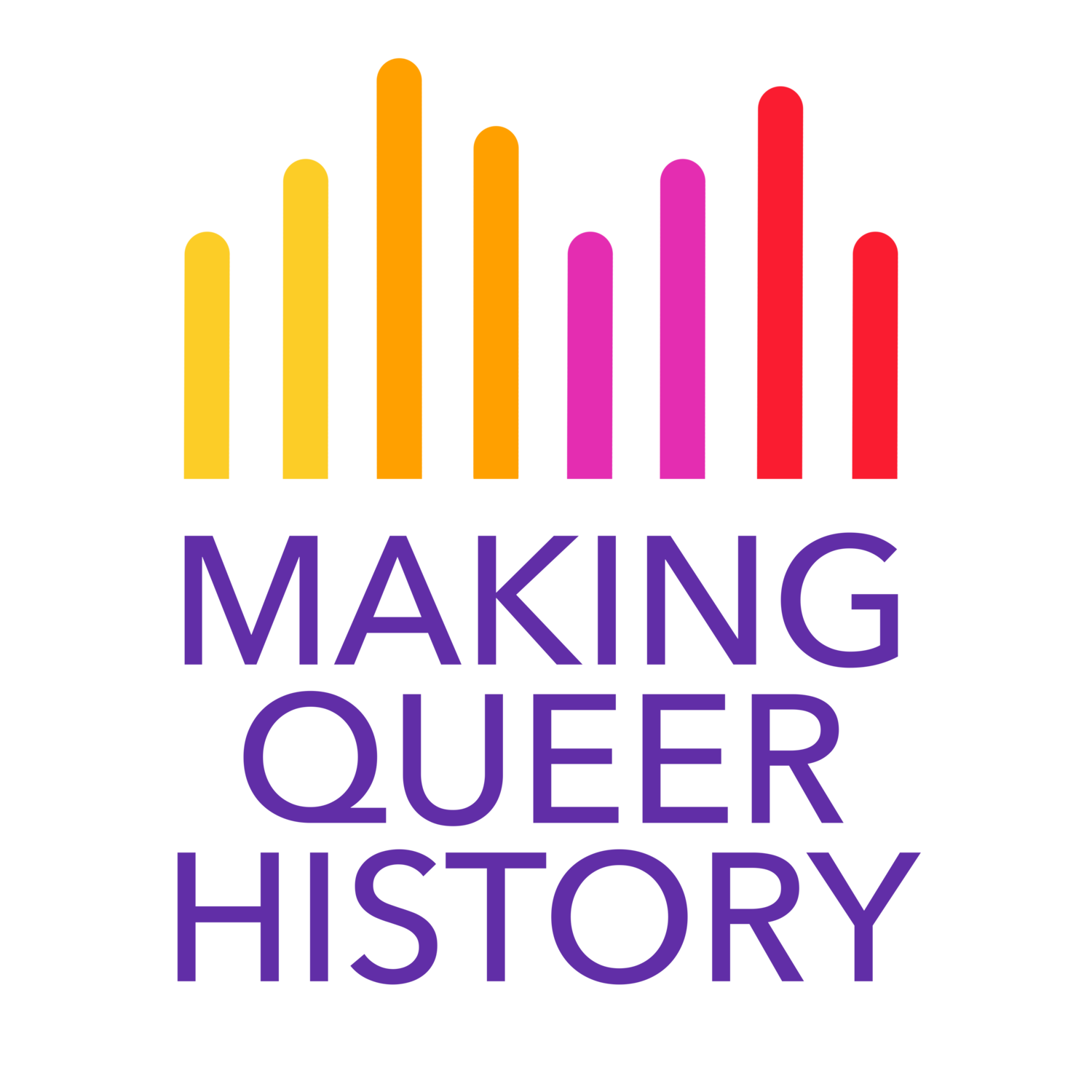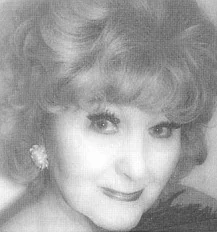Queer people played a significant role in the winning of the second world war, from the famous story of Alan Turing to the hundreds of names behind the scenes. One of those names is Elvira de la Fuente Chaudoir. In any remembrance of this woman’s work, it must be noted that while her work was done below the radar, her life most certainly was not. The daughter of a Peruvian diplomat, she was a woman who loved parties and “favour[ed] the companionship of women who may not be careful of their virginity” according to Deputy Chief Constable Josef Goulder. She was not well-respected, but she was well-known. Considered to be a beautiful “good-time girl” who loved the spotlight and was dismissed because of this, her identity was only revealed years after the war had ended: Agent Bronx.
Making Queer History has a vague title because it has a rather vague purpose. We are not alone in our aim to tell the queer community’s history. What defines us is our focus not only on the past, but toward the future.







